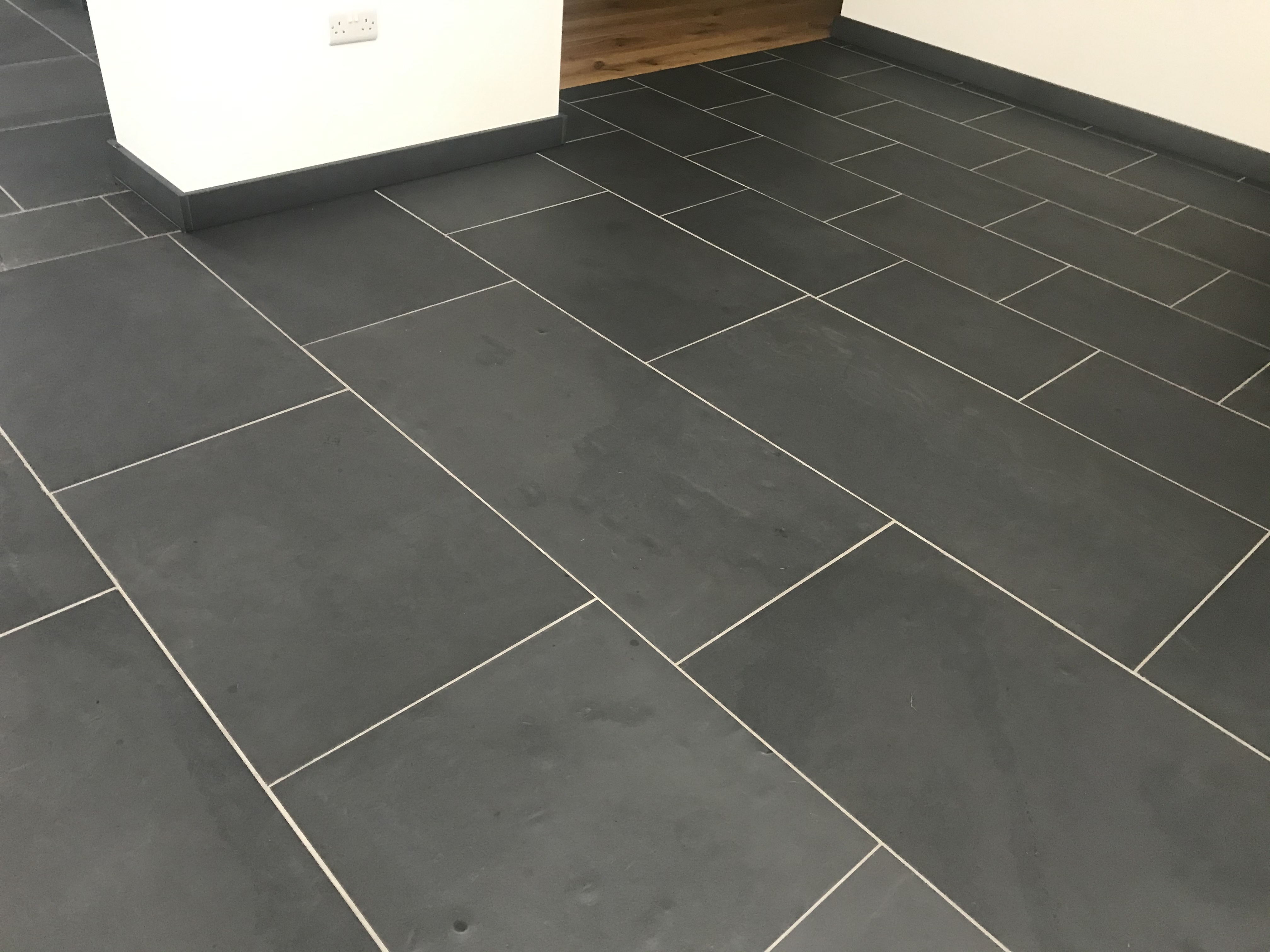What Is Curtain Wall Construction Larger thicknesses are typically employed for buildings or areas with higher thermal, relative humidity, or sound transmission requirements, such as laboratory areas or recording studios. In residential construction, thicknesses commonly used are 1⁄8 inch (3.2 mm) monolithic and 5⁄8 inch (16 mm) insulating glass. Very similar to a stick system, a ladder system has mullions which can be split and then either snapped or screwed together consisting of a half box and plate. This allows sections of curtain wall to be fabricated in a shop, effectively reducing the time spent installing the system onsite. Unitized curtain wall systems are assembled using interlocking units that are purchased from the factory as a single unit. A curtain wall is a non-structural exterior wall that is used to enclose a building. It serves to protect the building from the elements and keep the occupants inside. They give a building much more natural light, which makes them ideal for https://the-dots.com/users/clear-view-builders-construction-1864014 office use. Work conducted in natural light evokes feelings of positivity, which will make employees using the space more efficient and happier to carry out their jobs. The owner of the premises will also find that their energy bills decrease due to the lesser need for artificial light and heating.
Contact Us
Clear View Builders
Email: [email protected]
Phone: +19164205862
4913 Rio Linda Blvd
Sacramento, California, United States 95838
The Structure And Design
- Innovative materials such as photovoltaic glass also offer potential for energy generation, integrating renewable energy solutions directly into the building envelope.Architects like Louis Sullivan from the Chicago School of Architecture started experimenting with large glass facades supported by steel frames.Structural silicone glazed (SSG) systems create a clean and smooth visual, as fewer visual breaks and external accessories get in the way.Precipitation in the form of snow and rain can adversely affect a structure if the moisture is able to invade the interior space of the building.
Functional Requirements of Curtain Walls
Curtain walls are an essential feature of modern building design, offering numerous benefits that extend beyond aesthetics. From energy efficiency to structural stability, curtain walls have proven their value in both commercial and residential buildings. Aluminum curtain walls and curtain wall windows provide a durable, lightweight, and visually appealing solution that can transform a building’s facade and improve overall performance. A curtain wall is a non-structural wall made of lightweight materials that are typically metal, glass, or stone veneer. Unlike traditional walls, curtain walls do not support the weight of the building but transfer wind loads to the main structure. They are designed as integrated systems, comprising a frame, wall panels, and weatherproofing materials.White Portland Cement: Properties, Applications, Advantages, Disadvantages
They also create an aesthetically pleasing look while enhancing the overall aesthetic appeal of a building. Additionally, curtain walls can be engineered to enhance fire resistance and water diversion, further increasing the safety and longevity of the building. From cost-effectiveness to energy efficiency, design flexibility, and enhanced safety, these systems offer a multitude of benefits for modern construction projects. You may have noticed that modern architecture frequently includes a curtain wall system in designs, and perhaps you are wondering “What is a curtain wall in construction? Curtain wall construction is crucial for building design, offering both beauty and functionality. By using advanced materials and technologies, curtain walls not only make buildings look better but also make them stronger and more energy-efficient. A curtain wall is a thin wall or separating element that is attached to the outer section of the building. These walls help in providing a separation between a building and the environmental forces acting on it. 
